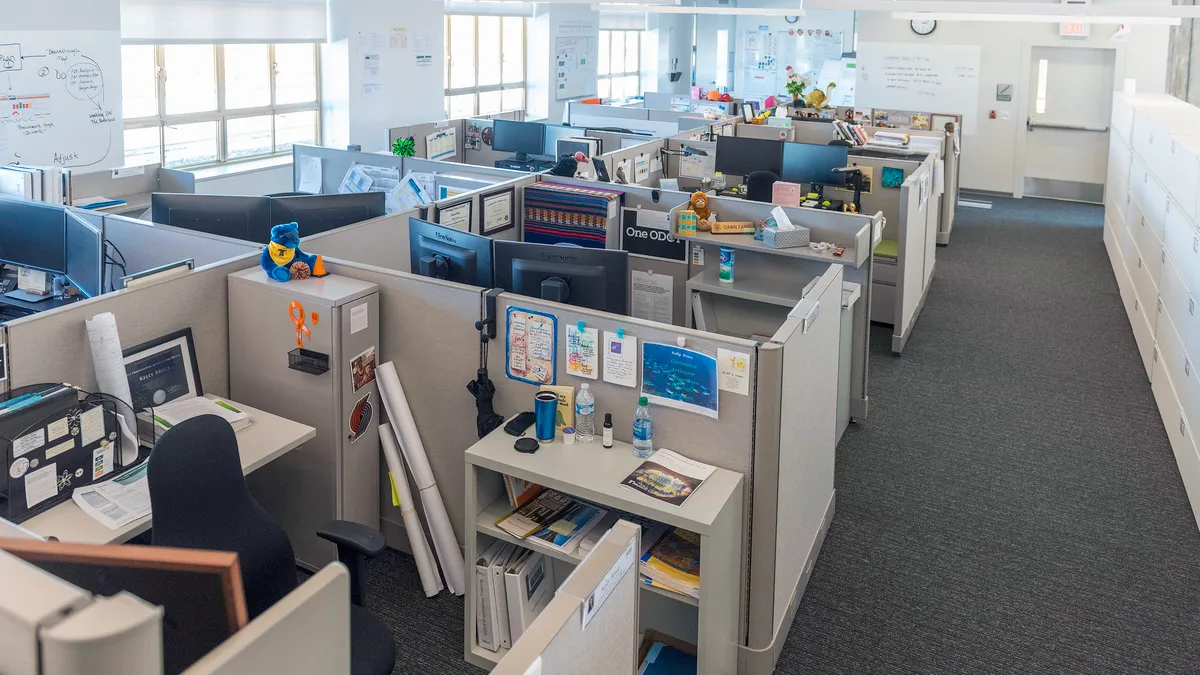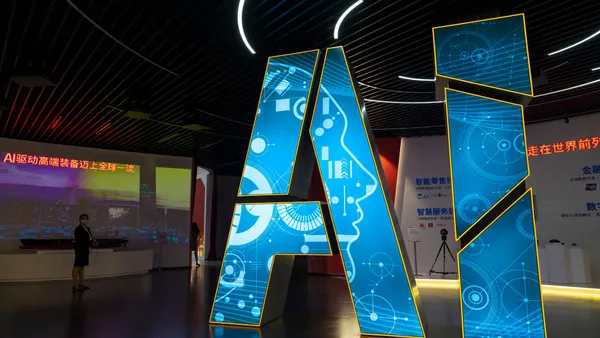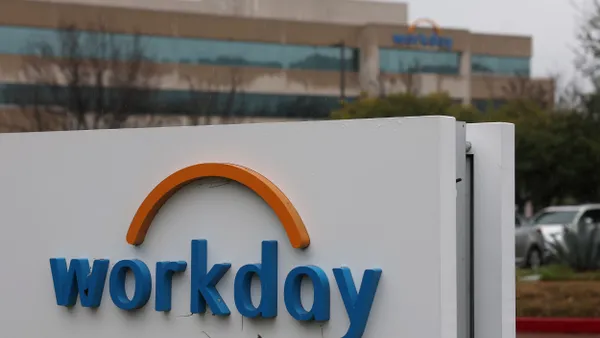HR teams were already predicting that the next decade would bring sizable disruption to their organizations. The first six months of 2020, however, challenged even the most forward-looking of mindsets.
Entering 2021, employers may be looking forward to the promise of widely accessible vaccinations. But the pandemic's end will not necessarily serve as a return to normalcy for HR operations, either, according to James Killian, principal of employee experience solution strategy at Qualtrics.
"The new normal will be embracing continuous discomfort," Killian said during a Feb. 18 webinar hosted by SAP.
Technology has played an important role in helping organizations pivot to address health, safety and security concerns. The current situation presents an opportunity for employers to "move [forward] significantly in how we think about workforce management and workforce management technology," said Steven Hunt, chief expert for work and technology at SAP.
The systems for combating COVID-19 have grown into complex ecosystems at some organizations. Jasvir Gill, founder and CEO of security software company AlertEnterprise, showed the web of tools that makes up one Fortune 50 firm's workforce re-entry and contact tracing framework. Employees at the firm have access to a secure symptom checker application that can administer a daily survey allowing employees to self-report their symptoms, Gill said. If they are experiencing symptoms, systems can talk to each other, pushing alerts to HR staff and administrators of the potential need for workplace contact tracing.
Alternatively, employees who are cleared to return to work can make use of systems that allow them to book meeting rooms or other spaces, Gill noted.
Similar processes are being used at Deutsche Bank, according to Kevin Ambruso, director at the bank. Ambruso said Deutsche Bank has introduced an app that allows on-site staff to log in remotely to complete their health screening. The screening has the advantage of allowing employees to complete the screening at home or on their way to work in case they forget to check beforehand. More than 90% of employees used their mobile phones to complete attestation of the survey, Ambruso added.
From there, Deutsche Bank is able to identify, through keycard swipes, the whereabouts of staff members who reported symptoms. "It wasn't about who was on the floor of the individual, but more important, where did that individual go throughout his day and who was near that person while he was on that floor," Ambruso said. The process helps Deutsche Bank more quickly and efficiently identify which individuals may need to quarantine.
The bank's example speaks to the importance of combining different data sources when formulating a plan for initiatives like contact tracing, Hunt said. Employers, he added, can use employee experience data as well as facilities data to more effectively manage people in space during the pandemic; "We need both."
The role of HR teams in leveraging analytics may play into broader trends in digital transformation. Analysts at consulting firm The Hackett Group said in a recent report that tech will play an even bigger part in HR operations this year. Robotic process automation and virtual assistant or chatbot technologies are among the highest growing workforce applications, per the report.
"This to me is a huge step forward in the field of HR technology," Hunt said of the merger of employee experience and facilities data. "Nobody wants to go back to commuting like lemmings," he added. "We do want to go back to creating really good interpersonal, in-person interactions … but we need to do it in a safe and secure way."













